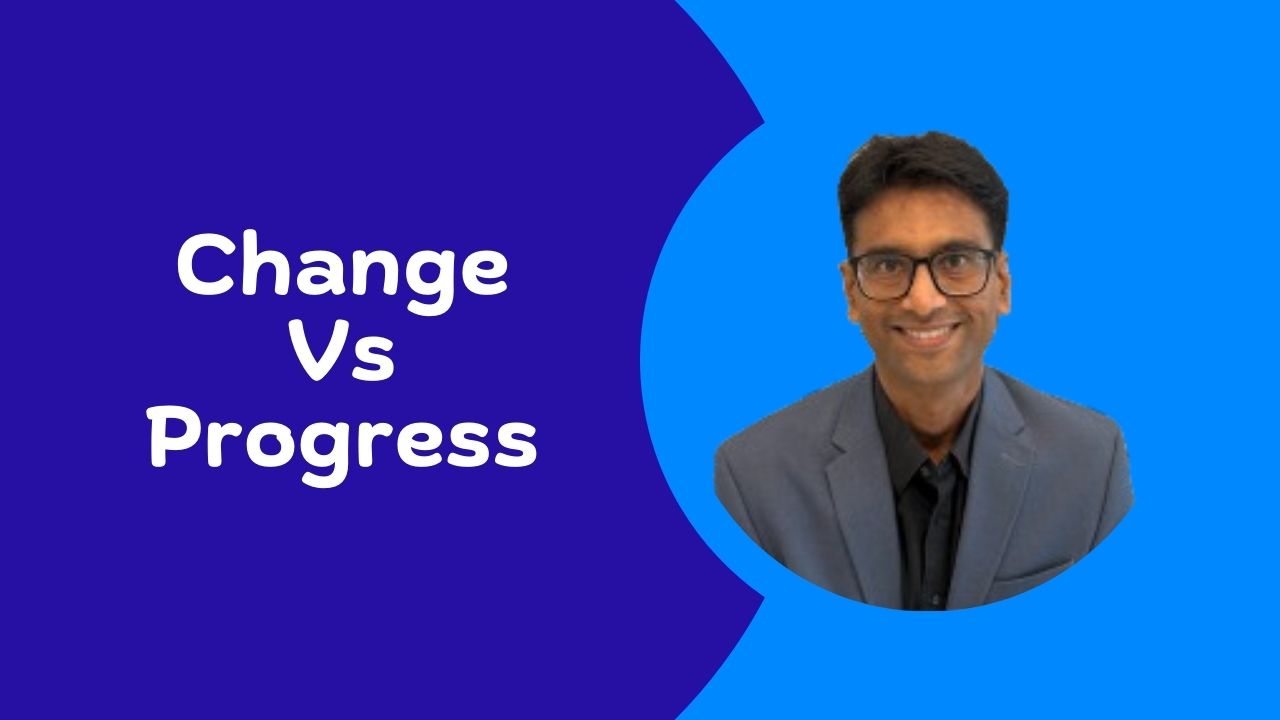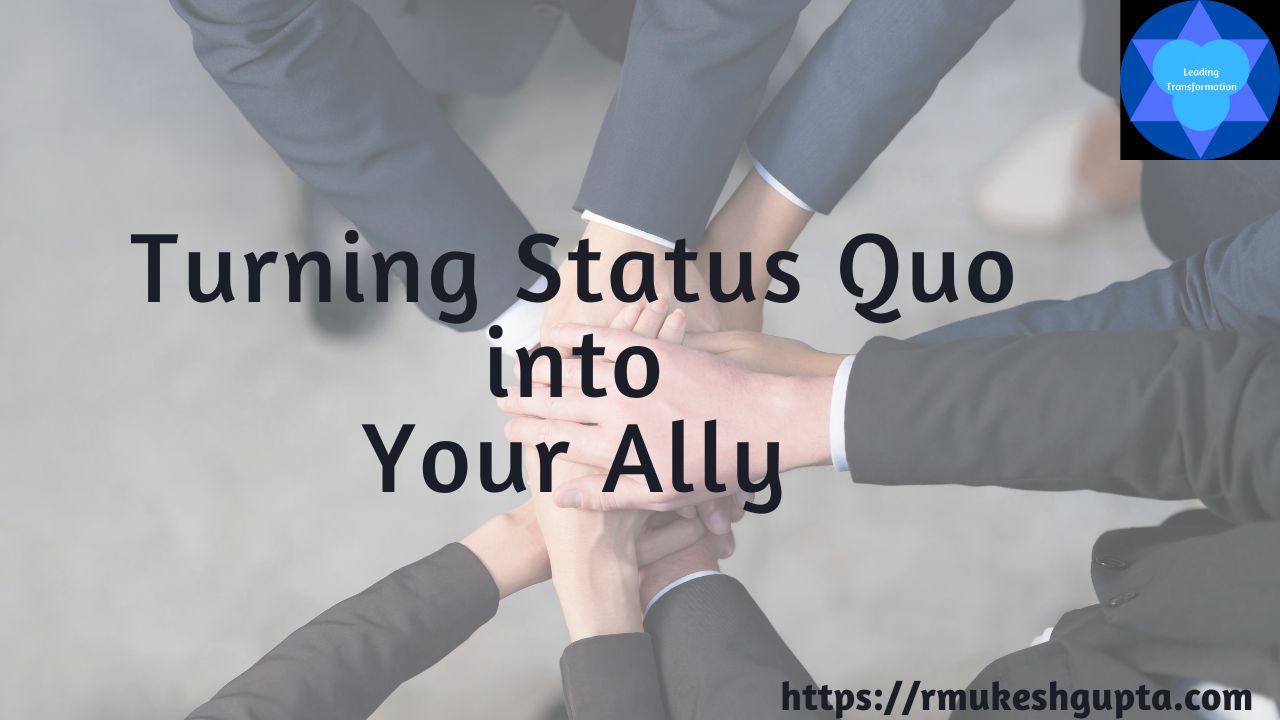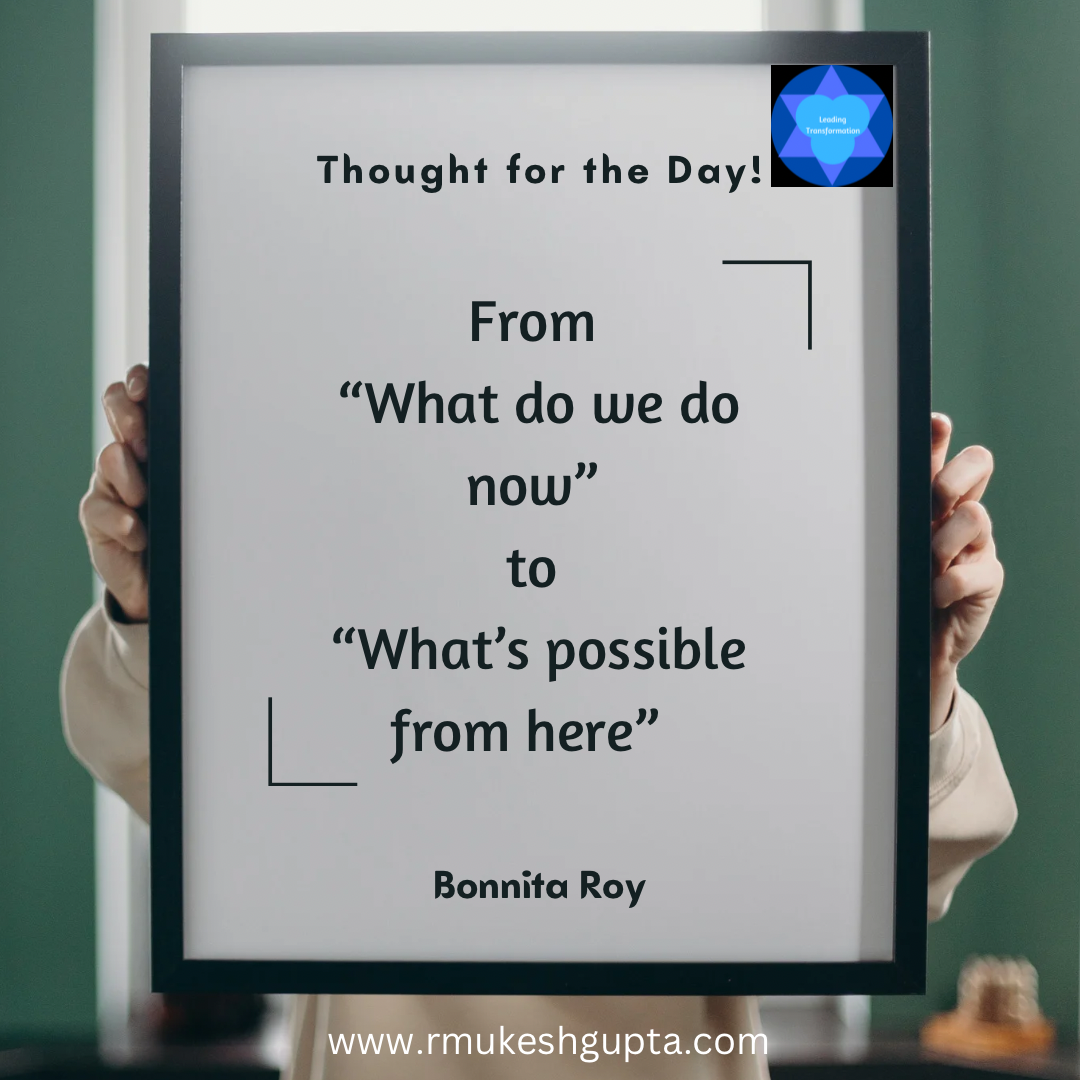If you are a sales leader, working in the software industry, you would know the importance that any organization places on the deal size.
The bigger the deal size, the better it is for you. Right?
WRONG!
In my experience, really large deals (aka, multi-million dollar deals) rarely prove to be a success; for both the parties – buyer and seller. This sounds a bit counter-intuitive, but it really is true.
When I think about why this is so, I came up with the following reasons because of which this is not good for the buyer:
- Typically, once such a deal is concluded, the sales team realizes that there is not much possibility of getting another deal from the customer for quite some time. This leads to them spending less and less time with the customer post this deal. This triggers a withdrawal effect on the customer.
- Usually, such a deal consists of multiple products and services combined together, over a long period of engagement. The customer can not consume or implement all of these products/services immediately. Mostly, they will implement each product, consume each service linearly one after the other. This ensures that the time that it will take to complete the implementation and actual use of the products will be long. Couple this with the speed with which the business environment changes, we have a perfect recipe for un-met needs and un-realized value.
Put together both of the above result in the customer not feeling very happy about the deal.
Add to this the following risks for the seller:
- You build a multi-million dollar deal by accumulating many smaller requirements and combining them together to build the case for a transformational effort for the customer, which means that you do not take the smaller deals available for you, in anticipation of the large deal. You are thus risking current revenue for future revenue. This leads to the risk of losing the entire deal for reasons that you do not control (change in management or its priorities, change in market conditions, etc).
- Such large deals take time to cultivate and require a much deeper engagements with the customer. So, it is very critical that you are able to do such engagements with a select set of customers only.
- Managing your pipeline with such large deals lurking could be a tough thing, as you usually expect the deal to go through and for any reason it doesn’t, then you are left to scramble to meet your target numbers.
- The larger the deal, the bigger is the discount –> direct impact on your bottom-line.
- These large deals tend to take the center stage during all the discussion with senior management. This sends out a signal that if you want to succeed, you need to build large deals. When more and more salesmen try to build such large deals, the end result could be catastrophic, because no organization is wired for multiple deep levels of engagement and the chances of these deals slipping increases with every additional such deal being planned.
- If the customer is unable to derive the value that was showcased before closing the large deals, the chances that the same customer will do deeper engagements with you in the future goes down as there is a lack of trust that builds up.
So, the question is what should one do?
- Run parallel deals with each customer. Ideally, at least 3 – 4 deals with a large customer in a year.
- Do a sell, deliver, showcase, sell cycle with these customers.
- Do not include the large deals in your pipeline for your annual results
- Senior executives to spend at least equal time in discussing the really large deals and the run-rate business. This is to ensure that everyone understands that the run-rate business is as important (if not more) as the large deals.
What is your opinion about this? Please do provide your feedback in the comments section. I look forward to hearing your experiences.
You can follow me on Twitter @rmukeshgupta.





One thought on “The lure of large deals”
Comments are closed.